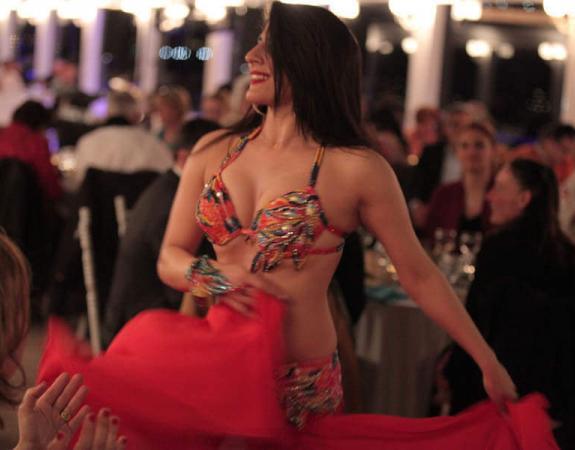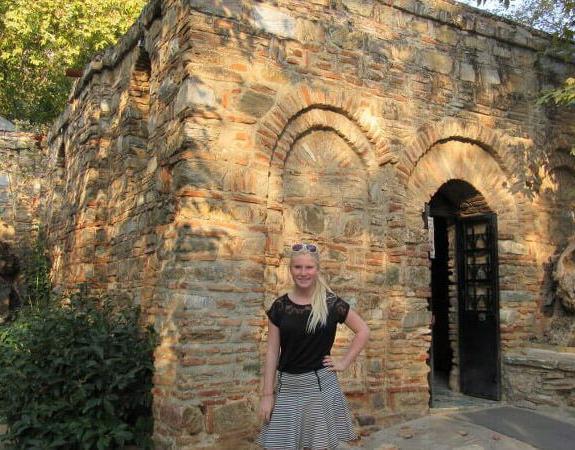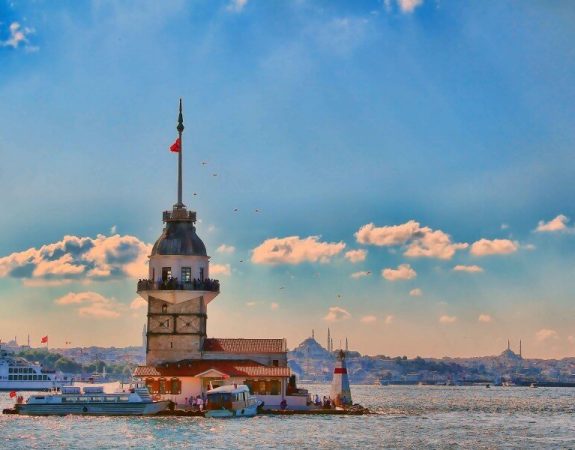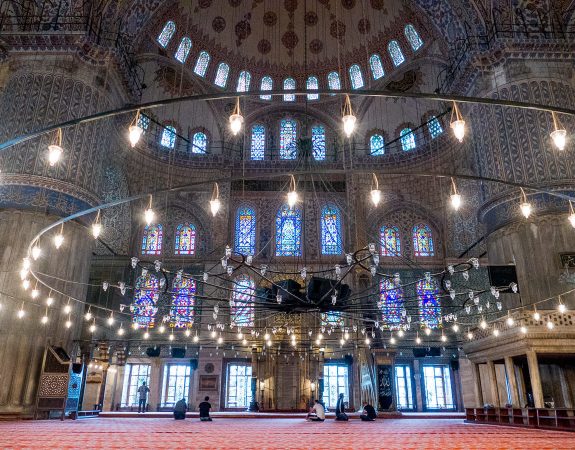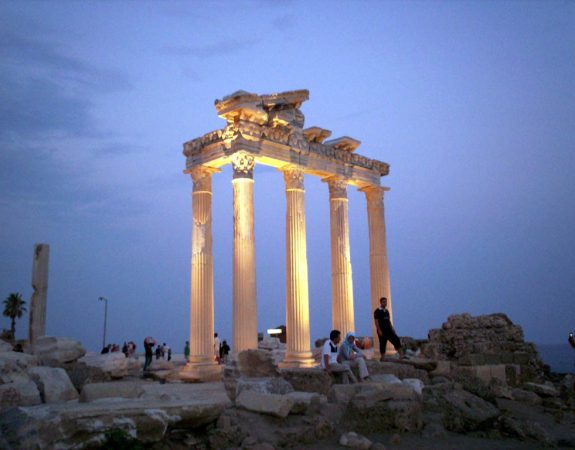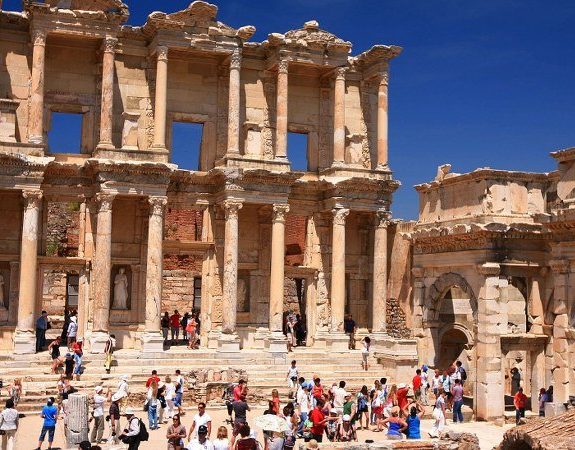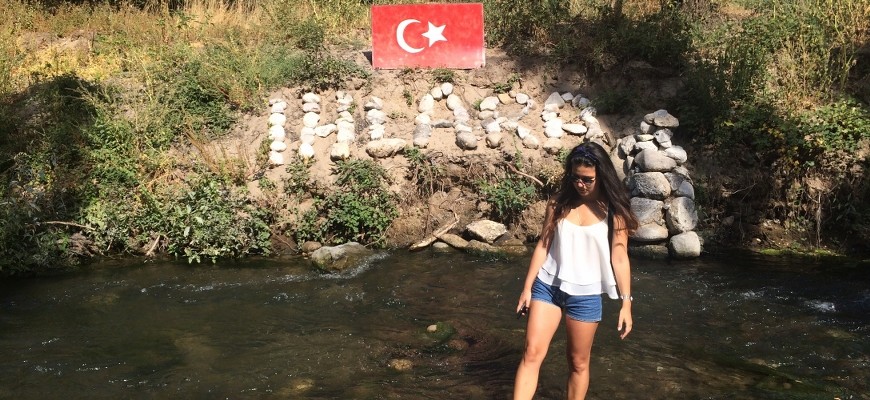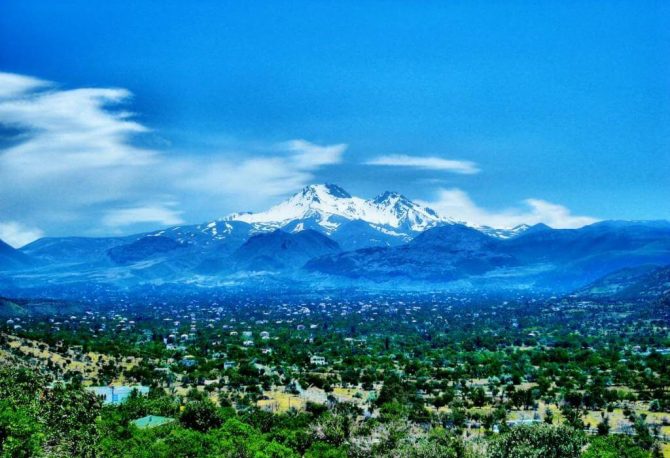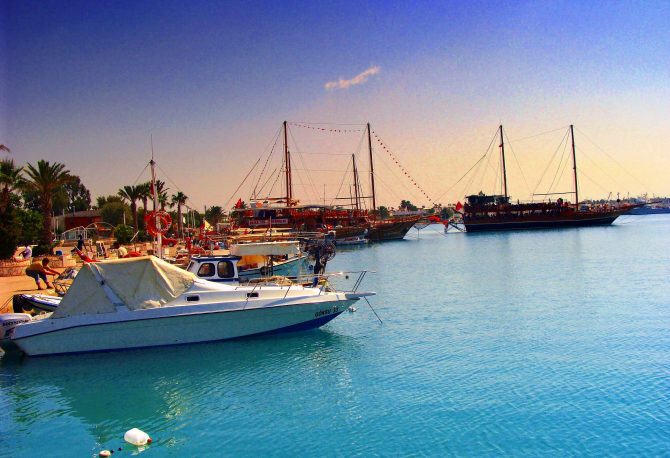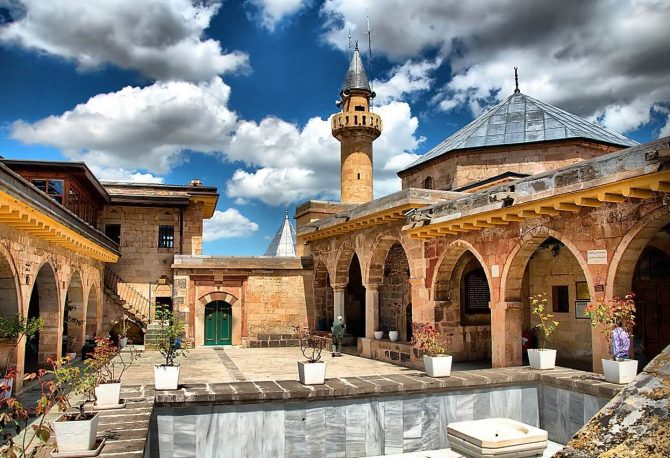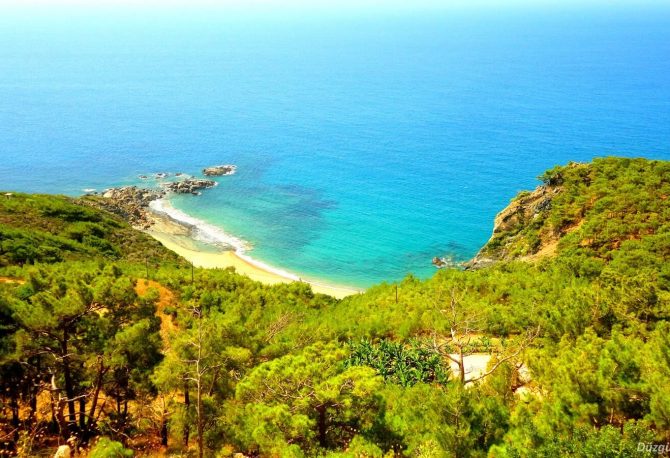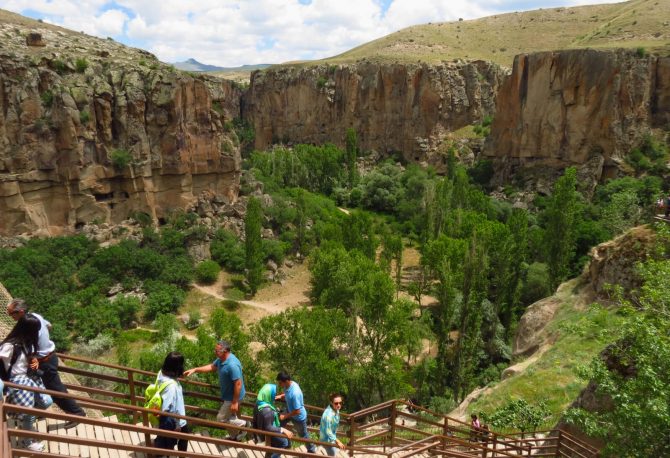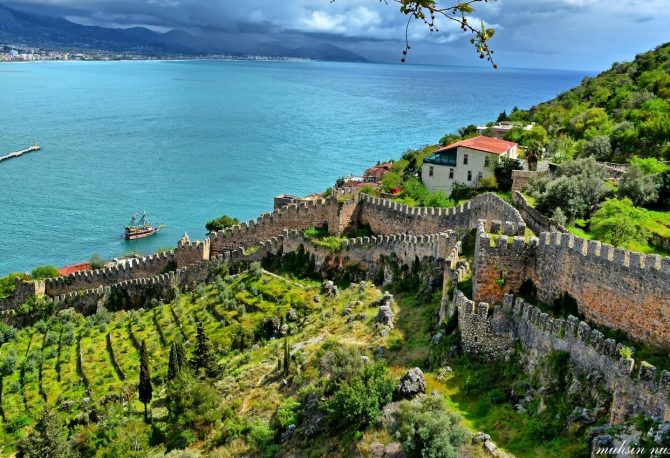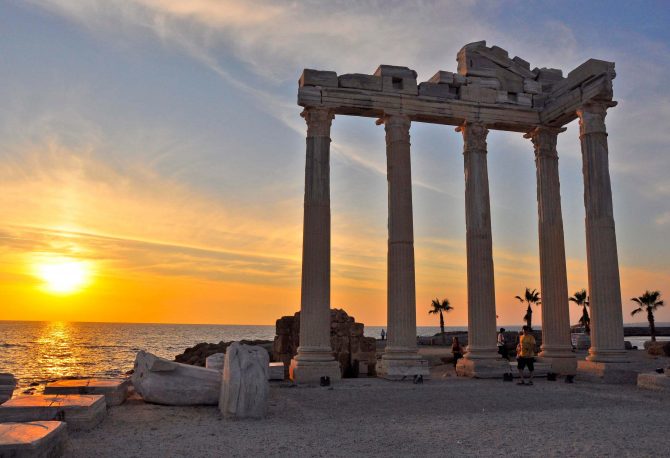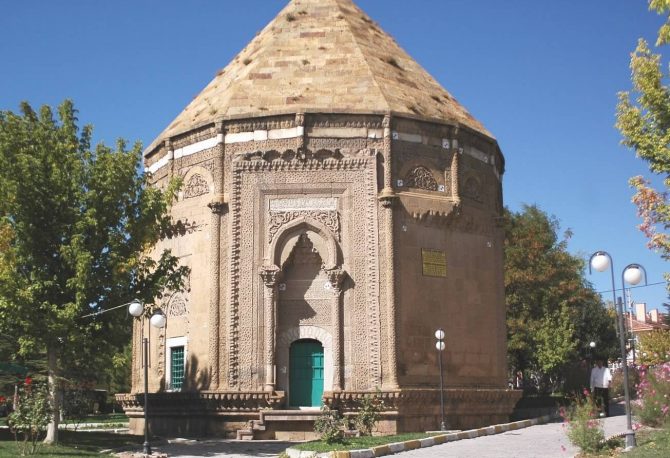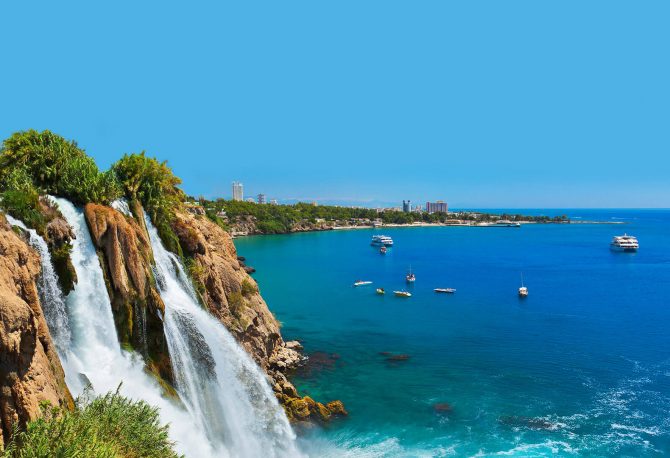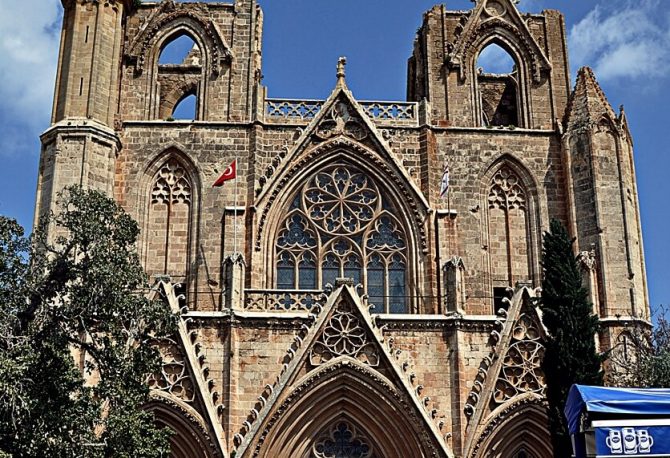Even though Kayseri (pop. 500,000) is easily Cappadocia’s largest metropolis, wide streets and large public spaces save the city from claustrophobia and overcrowding. In spite of Kayseri’s accumulation of fascinating attractions over the course of its 6000-year history, foreign visitors (though welcome) are unusual here. Despite its Westernized appearance, the city is culturally and religiously conservative; entertainment is scarce, and female tourists should adhere to the dictates of traditional dress. With few tourist traps, this renowned carpet center could be your one-stop shop for cheaper buys than those in Istanbul.
Originally the capital of an independent Cappadocia, the city was renamed Cae saria under the reign of the Roman emperor Tiberius Caesar (14-37 AD). Like most other cities in Anatolia, it then passed from the Romans to the Byzantines, and later to the Selçuks. Kayseri (a derivative of the town’s Roman name) blossomed under Selçuk rule. As an important post along trade routes, Kayseri amassed the wealth that financed such 13th-century monuments as the Ilunat Ilatun Complex and the Gevher Nesibe Tibbiyesi, the world’s first medical university.
While storming the rest of Turkish Mediterranean, tourists have overlooked Taşucu, mercifully leaving it free of Benettons, leather dealers, and resort hotels. Though Taşucu is neither a cosmopolitan center nor the seat of glorious ancient civilizations, this small, friendly town is worth visiting for free beaches with pleas¬ant boardwalks and the best transportation to Northern Cyprus.
Aksaray has seen Assyrians, Hittites, Persians, and Alexander the Great, all of whom wisely moved on once their business was done. In 1470, the Ottomans forcibly transplanted many of the city’s residents in order to boost the Muslim population of Istanbul; most travelers will wonder why all Aksarayans didn’t jump at the opportunity to leave. A few Selçuk and Karamanoglu sites aside, noisy and large Aksaray has nothing to offer the traveler but a bus station with connections throughout Cappadocia and the rest of Turkey.
Anamur is a city of many faces. The least attractive of these is the one facing the bus station, so don’t be discouraged when you arrive; this is the city center, heavy on dust and concrete. Most visitors stay near the prettier beaches at the Iskele (dock), Anamur’s tourist district. A laid-back town of 60,000, Anamur is isolated enough that it hasn’t been exposed as heavily to the tourist debauchery that has hit coast further west. For the most part, it’s still a popular vacation spot for Turk¬ish families, and pleasant pensions, uncrowded beaches, and a vigorous nightlife make a stay here relaxing and enjoyable. The nearby ruins of ancient mid the well-preserved Mamure Kale offer more than just a day at the beach.
The Ihlara Valley, tucked away between rolling green hills, is one of Central Anatolia’s most famous hiking sites. As one approaches Ihlara, a massive gorge (100m deep, 200m wide, and 14km long) suddenly heaves into view, cleaving the surrounding sea of green. Peace-loving Christians found this valley an ideal hideout from nomadic raiders, and now 105 churches and countless dwellings remain carved into the canyon walls. The serene village of Ihlara rests at the southern end of the canyon and makes for the best point of entry into this hidden world.
Inching westward along the Mediterranean, Alanya marks the starting line for Turkey’s marathon of coastal debauchery. Swans of Nordic tourists discovered Alanya sometime in the 1980s, rendering the once-idyllic seaside town a maze of apartotels, palm trees, restaurants, shops, and beautiful Scandinavians. Looking beyond the tacky7 facade, it’s easy to see why Alanya is so popular: miles of gorgeous blue-flag beaches, monuments of Selçuk grandeur, and nights of clubbing combine for some undiluted vacation fun.
Side has all the necessary ingredients for a complete Mediterranean coast vacation: superb Hellenic ruins, parasailing, an illustrious museum, beautiful sandy beaches, and the self-proclaimed “best disco in Europe.” You can bargain for leather goods in the crowded pedestrian streets, study up on ancient history in the 7th-century Roman rains, and make coconut oil libations to the sun god. The town is crammed onto a small peninsula, with the ruins, restaurants, shops, pensions, and banks all within walking distance.
Nigde’s dusty streets swarm with university students, strolling arm in arm. Islamic architecture dominates the town’s backdrop of restaurants, bookstores, and pastry shops. Nigde comes alive every Thursday on market day, when fruits and vegetables are sold in the shadows of Selçuk mosques. Architecture aside, this simple lifestyle is none too appealing for tourists, most of whom skip the city entirely and head straight to the nearby Eski Gumeşler Monastery.
Capital of the so called Turquoise Riviera and linked by air with Munich, Moscow, and Amsterdam, Antalya is a city of many faces. This busy metropolis encircles Kaleiçi (“inside the fortress”), the crescent-shaped old city that brims with cobblestone streets, Ottoman houses, tourist businesses, and carpet dealers. At Kaleiçi’s heart, pricey eateries and cutting-edge nightclubs line the ancient walled harbor that once sheltered Roman ships and now welcomes luxury’ yachts.
The banks of the nearby wine-colored Kızılırmak, Turkey’s longest river, have been providing the potters of Avanos with red, iron-rich clay for centuries. Roughly 100 workshops crowd the area, especially in the cobblestoned Old Town. With workshop signs emblazoned with names like “Chez İsmail,” “Chez Barış,” “Chez Celebi,” and, alarmingly, “Chez Rambo,” the town clearly caters to its many foreign visitors. Watch the potters at work or try your own hand at the giant, foot- powered wheels. If clay is your thing, Avanos is close to Cappadocia’s major tourist centers as a daytrip, and vibrant and distinct enough for an extended visit.


